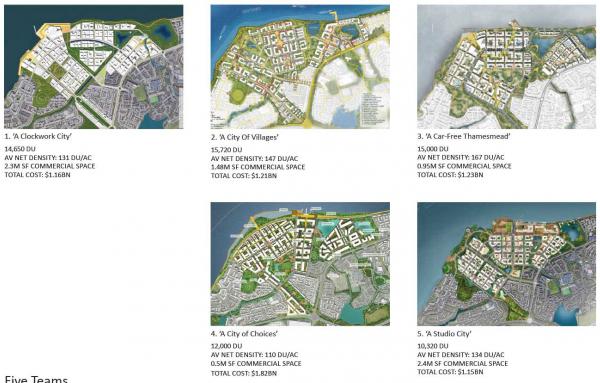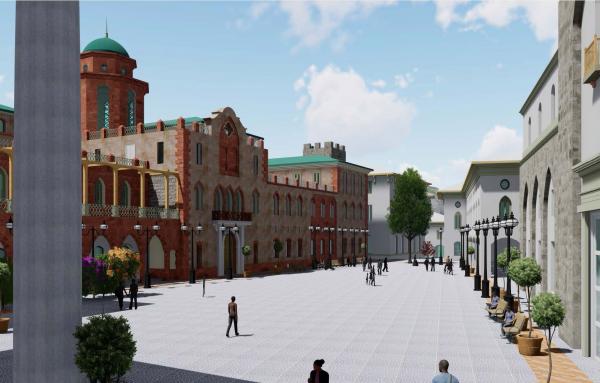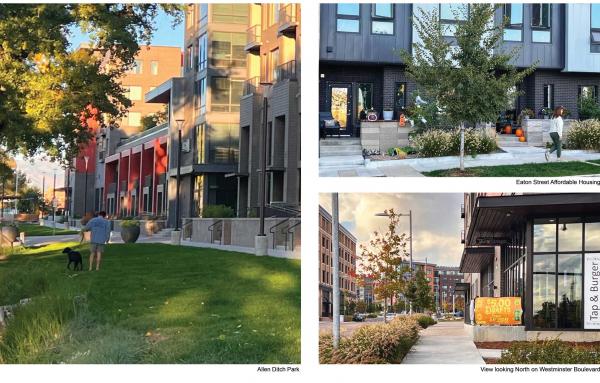
A civic monument to the enslaved
A dynamic, compelling civic monument that recognizes past harms, Hearth: Memorial to the Enslaved at William & Mary in Williamsburg, Virginia, is imbued with deep meaning. The memorial evokes a brick fireplace, a symbol of both community and the center of domestic enslavement, on an important site on campus—and is also within walking distance of the town.
The box-shaped structure has an irregular opening. A vessel sits at the center and holds the fires that will burn on special occasions and events. On the outside, solid granite blocks are placed in a striking pattern, identifying 198 currently named individuals enslaved by the university (an additional 400+ unengraved stones represent unknown individuals—they are to be engraved as names are uncovered with continued research). The university worked with artist Will Sendor and the architecture firm Baskervill to recognize the men, women, and children who built, operated, and maintained important campus structures.
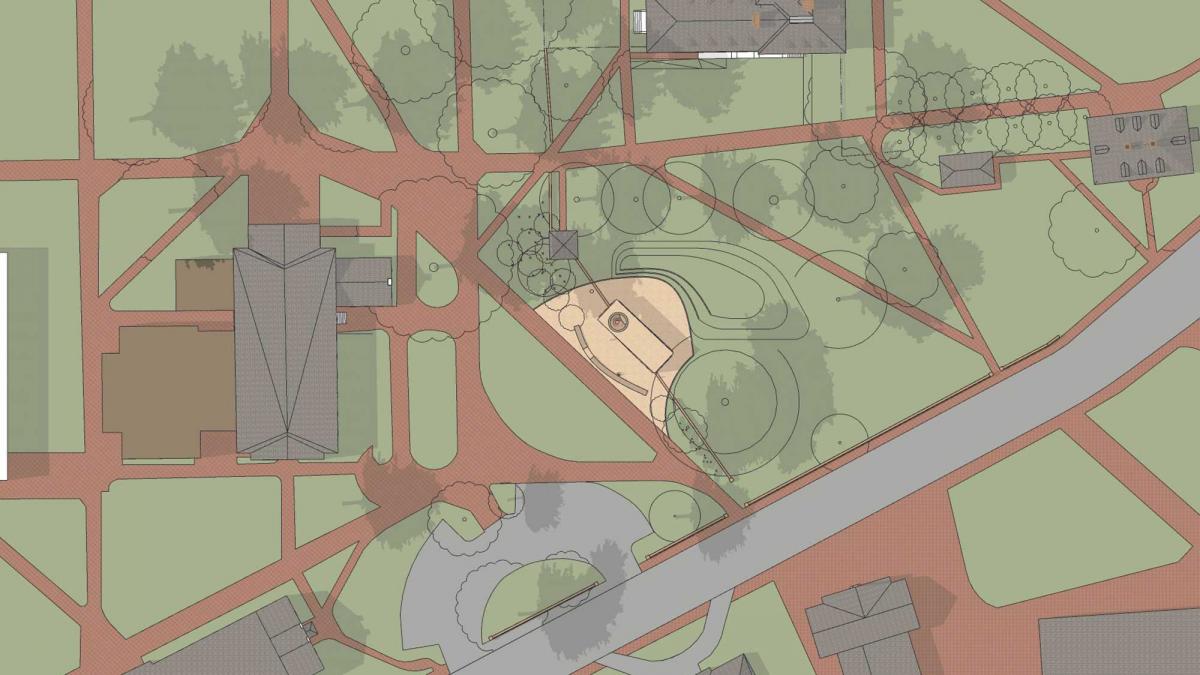
The Charter of the New Urbanism says that buildings should provide their inhabitants with a clear sense of location, weather, and time. This monument is largely made of brick, the predominant building material on campus and in Williamsburg, and also one used by slaves who played a significant role in constructing the college, which was founded in 1693.
“In 2019, construction work to re-lay the brick walkway in the Wren Courtyard inadvertently opened two access points to an early 18th Century vaulted brick drain,” notes the design team. “The drain was part of the rebuilding of the Wren Building after a 1705 fire, and it is likely enslaved men, women, and children made the bricks used in this wall. Incorporating these bricks into the Hearth serves as a physical connection between our past and our future—a tie that binds all those who visit the Hearth and their ancestors who may have been enslaved here.”
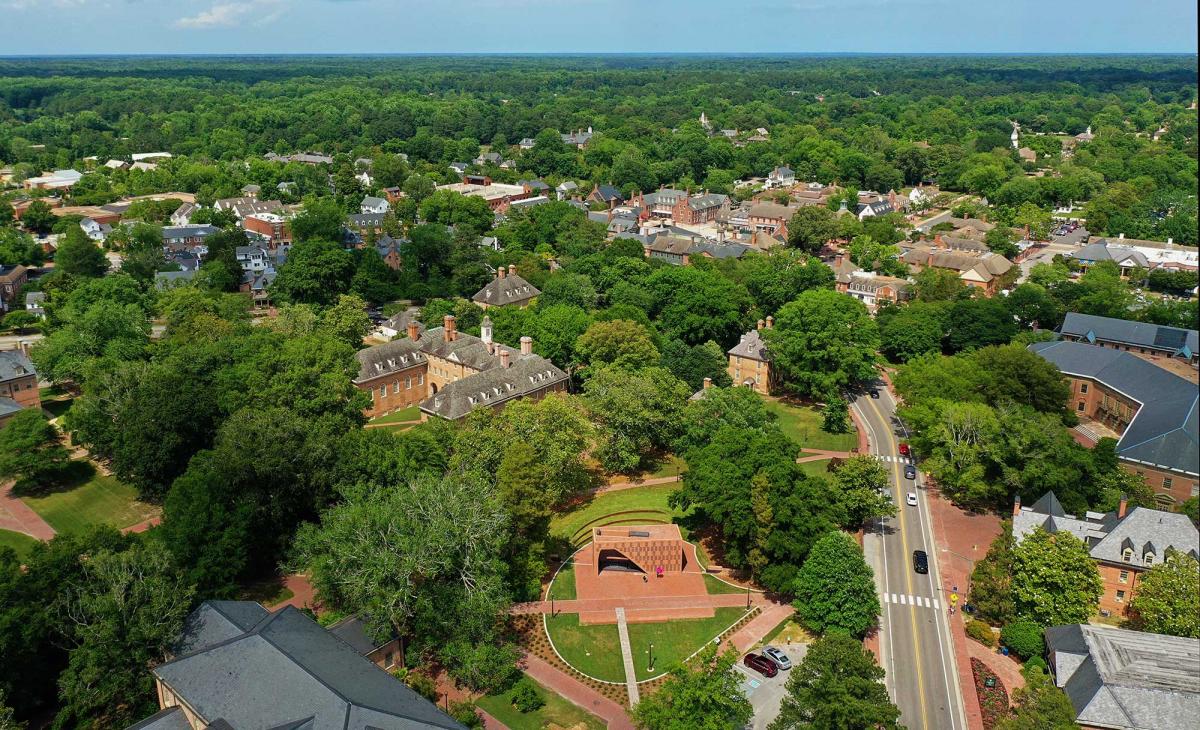
The project challenges CNU to address who has been harmed and who has benefited in the creation of our physical places and to be intentional about who is celebrated and recognized in civic art and monuments, the jury proclaims.
The Charter states that "civic buildings and public gathering places require important sites to reinforce community identity and the culture of democracy. They deserve distinctive form, because their role is different from that of other buildings and places that constitute the fabric of the city.” The Hearth provides a distinctive and beautiful form on an important site, suitable to the meaning the monument conveys.
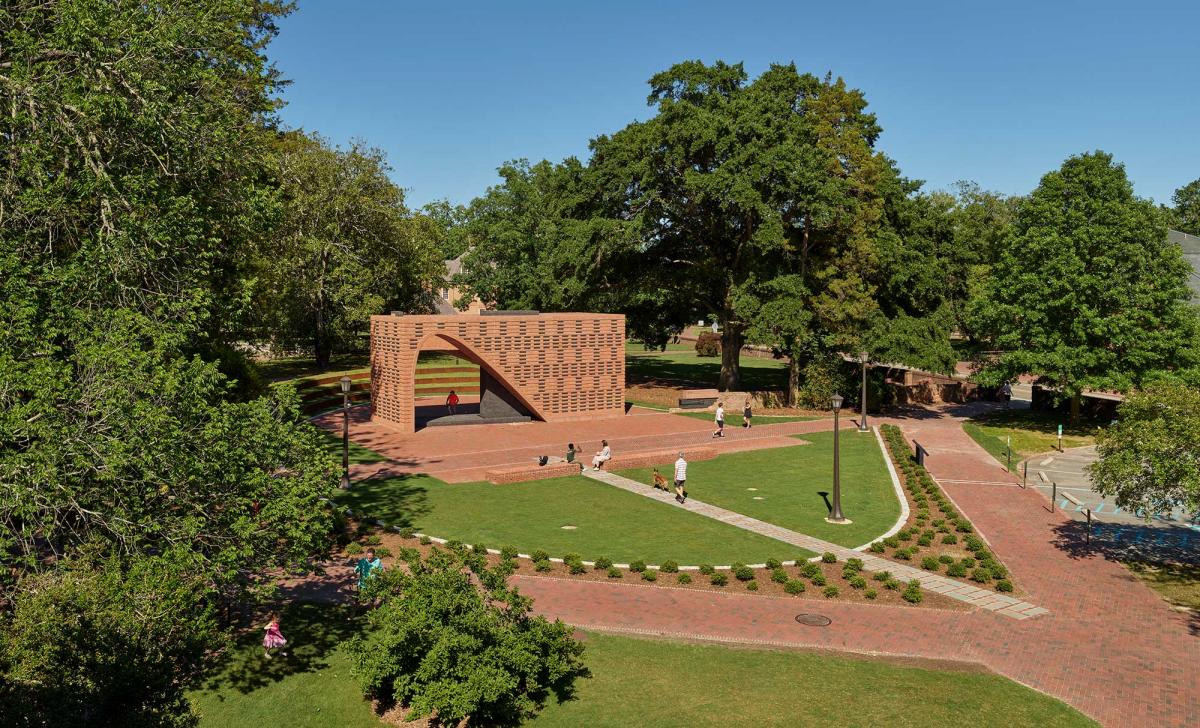
The jury was taken with the dynamic arches that draw visitors into the center void with the flame vessel. “The design of the brickwork is exquisite, evoking traditional patterns of African cloth and the 198 engraved granite blocks recognizing the known individuals enslaved by the university and the additional 400-plus unengraved stones representing the unknown individuals,” the members noted.
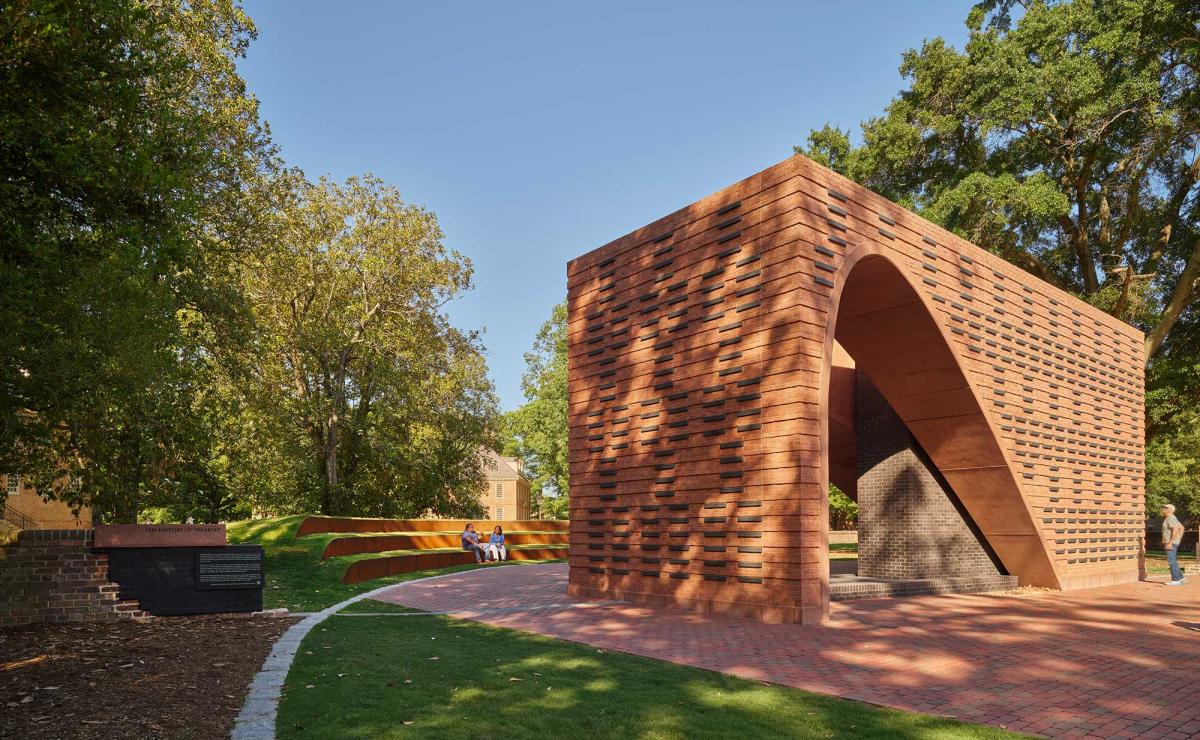
View Hearth's Charter Awards ceremony video here.
Hearth: Memorial to the Enslaved at William & Mary, Williamsburg, Virginia
- Baskervill, Principal firm
- William & Mary, Client
- Will Sendor, Memorial artist
- Toni Wynn, Community engagement and storytelling
- Lynch Mykins, Structural engineer
- Garrett Braun, Structural engineer
- Kjellstrom & Lee, Construction manager
- Flux Studio, Lighting designer
- Kendra Taylor, Landscape architect
- VHB, Civil engineer
2023 Charter Awards Jury
- Megan O’Hara (chair), Principal, Urban Design Associates in Pittsburgh, Pennsylvania
- Andre Brumfield, Principal and Global Director for Cities and Urban Design at Gensler in Chicago, Illinois
- Krupali Uplekar Krusche, Associate Professor, University of Notre Dame School of Architecture in South Bend, Indiana
- Jennifer Settle, urban designer, architect, and Senior Associate with Opticos Design in Chicago, Illinois
- Patrick Siegman, transportation planner, economist, and Principal of Siegman & Associates in San Francisco, California





